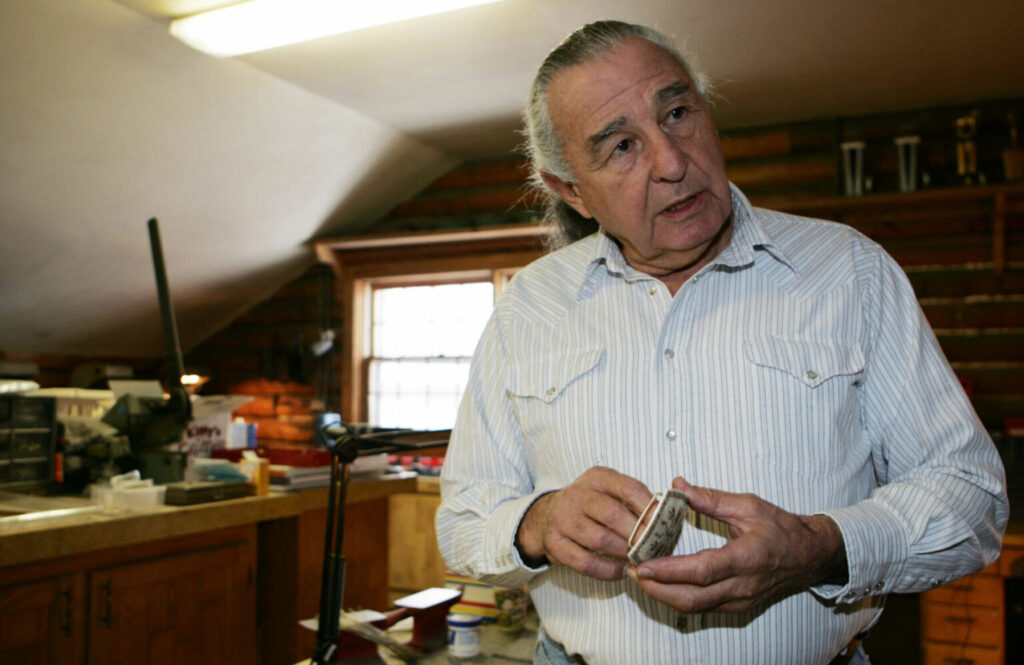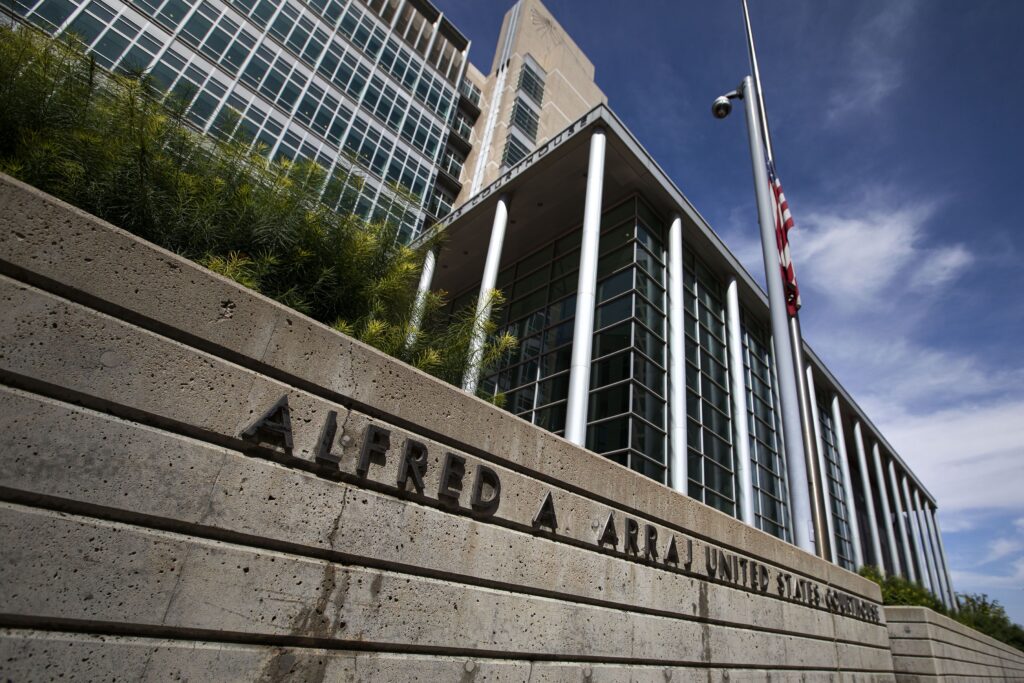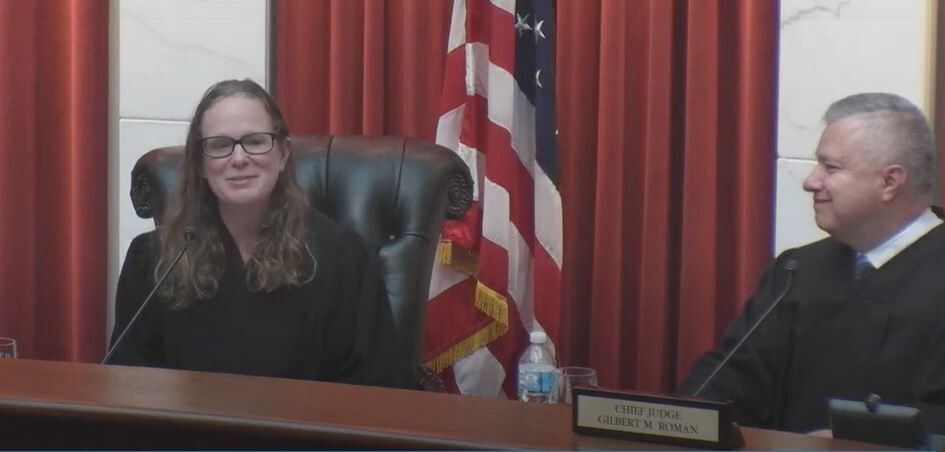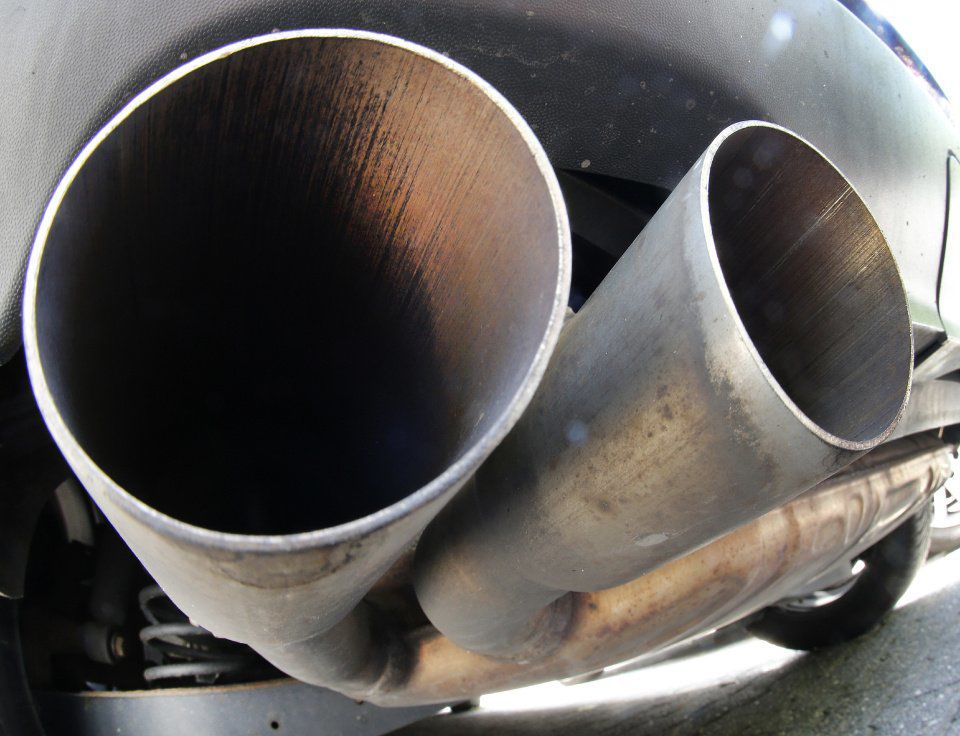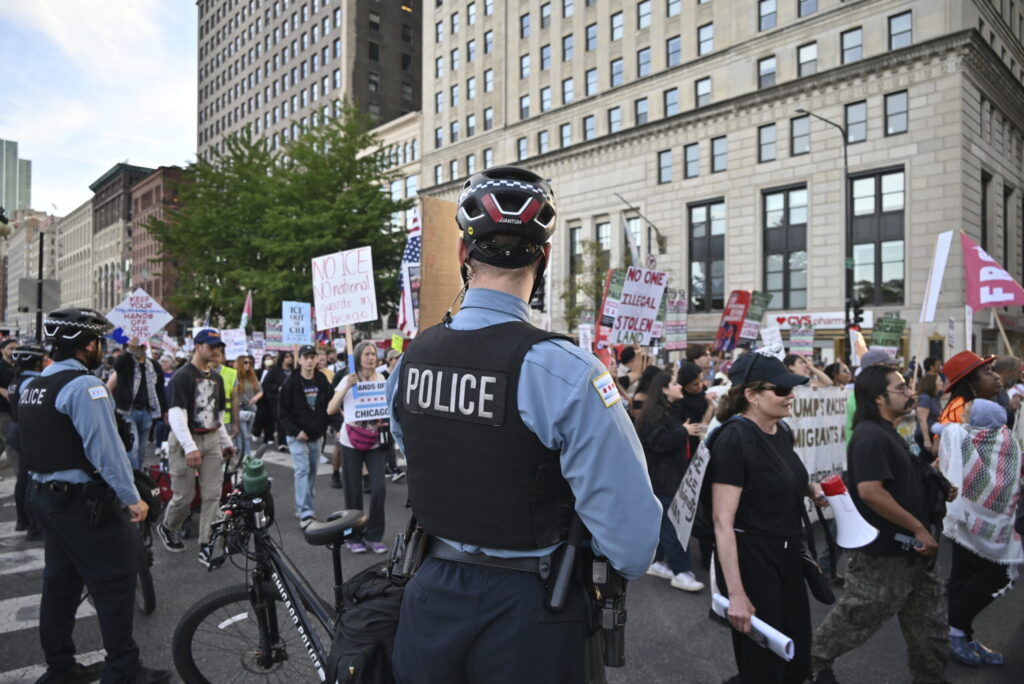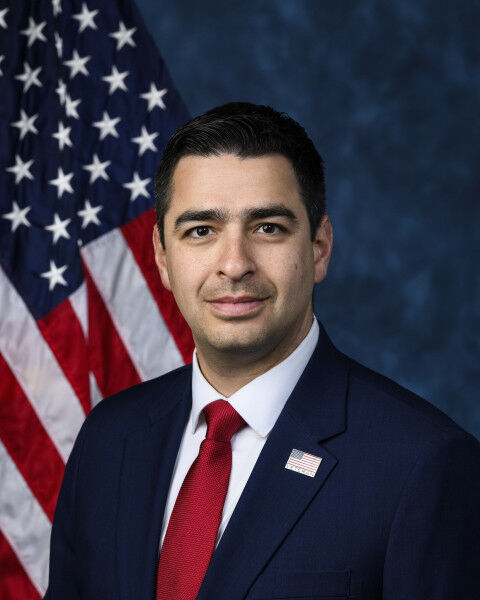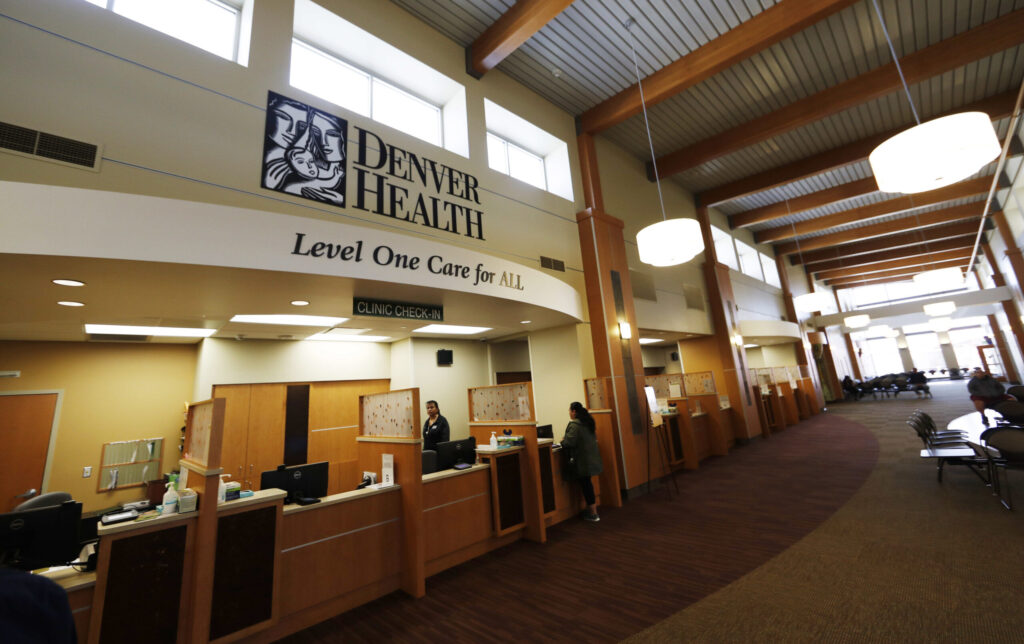Marshall fire debris removed, clearing way for rebuild before snow falls

It was a hallelujah kind of day for people who lost their home in the Marshall fire.
Eight months after being displaced, hundreds of families are closer to rebuilding their home after excavators with Disaster Recovery Services carted off the last bits of mangled metal, concrete chunks and charred refrigerators last week from two destroyed properties, 415 Third Ave. in Superior and 7366 Empire Drive in unincorporated Boulder County.
Requirement for insurance to cover more property value, other wildfire laws take effect in Colorado
The debris cleanup process involved much more than just hauling away the remains of a home, as fire victims learned. Soil and air had to be tested and arborists painfully assessed which trees were worth saving. Boulder County Commissioner Matt Jones, a Louisville resident who was evacuated during the Marshall fire, described this phase as a milestone moment. “It means a lot to me to see us move one step closer to bringing our residents home.”
From here, homeowners can start to dig foundations before the ground freezes.
The work was done on time and likely under budget, Boulder County Public Works spokesperson Andrew Barth said. The original $60 million contract was bid to clear debris from 862 homes. Barth said numbers are still coming in, but the final tally will be around $30 million, half of what was bid.
The lower number is partly because so many homeowners pulled out of the government program and did the cleanup themselves. Barth said DRC asked for no cost overrides.
That’s the good news, but the debris cleanup saga started off on shaky legal ground.
The Coordinated Debris Removal Program process was delayed several times due to lawsuits and injunctions from a few of the disaster recovery companies that were outbid for the multimillion dollar job. Eleven companies were competing for the work, but Galveston, Texas-based DRC Emergency Services won because, as Boulder County Commissioners explained, it submitted the lowest bid. At least two of those companies complained that Boulder politicians held secret meetings as they negotiated the bids and sued the county over it.
As the courts settled the dispute, tons of unsightly debris lay through nearly four snowy months, and impatient residents started dropping out of the government’s cleanup plan, opting to do it themselves. Of the original 862 who signed on with FEMA, the cities and county, only 566 allowed the government to haul off debris from their properties.
Some put their properties on the market, and 515 residents hired private contractors.
Paul Williamson was the first to get to work hauling off a lifetime of charred possessions.
The 74-year-old started slicing up his metal roof four days after the smoke cleared. “Sitting back and waiting for somebody to do something for me is just not my way of life,” he told The Denver Gazette from his Broomfield apartment Wednesday. Williamson recently sold his property, which was the size of two lots, for $600,000. He was originally asking close to $900,000, but he said he was unable to get that kind of money once Superior started rezoning some of the business lots to residential. The glut of residential lots, he said, “cost me $300,000.”
Insurance will pay the rent on Williamson’s Broomfield place for another 18 months. Once the that money runs out at the end of 2024, he plans to move to an island to “get out of Dodge.”
Getting out of Dodge is contagious. There are 41 lots from the Marshall fire for sale in Louisville and 21 in Superior ranging in price from $285,000 to $900,000 depending on size and location.
Biden taps 5 Coloradans to serve on national wildfire mitigation commission
All of the lots are cleared, disinfected and ready for new families. “This is the most I’ve seen for sale since the fire. I think there will be more. A lot of people have moved on or their insurance didn’t cover the rebuild,” said Jessica Whitehall with Stride Realty Group. “Most of the people who are staying have enough insurance coverage to rebuild.” She said that even if people insured their homes for fire, rising construction costs made it hard to make ends meet.
Those who chose to haul off their own fire trash through a contractor faced mountains of work. There are demolition permits and right of entry forms, disposal notification forms, stormwater quality permits and city approval for right of way. Water and sewer service lines must be capped, and once you think you can take a breath, the city requires on-site inspections and possible air testing. Any recycling must be free of ash.
Other fire ravaged debris must be wet and tucked inside a container with at least 6 millimeters of double plastic sheeting before it starts its trip to the landfill.
The Coordinated Debris Removal Program kept track of the 106,662 tons of ash and trash that went into the landfill. Tons of debris was recycled including 64,648 tons of brick and concrete and more than 2,400 tons of metal. Hundreds of pounds of vegetative debris like trees and bushes were also recycled using biochar, which is stored in soil as a means of removing carbon dioxide from the atmosphere. “All debris was separated in order to recycle as much as possible and prevent it from going into landfills,” said Barth.
Over 1,000 residential properties and 6,000 acres were lost and two people died in the Dec. 30 fire, which was the most destructive in Colorado history.
Marshall fire heroes: Superior woman who woke neighbor, residents who cooked hot meals for deputies


